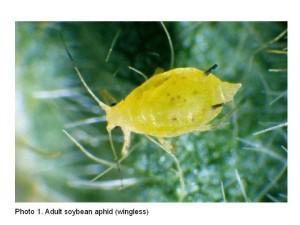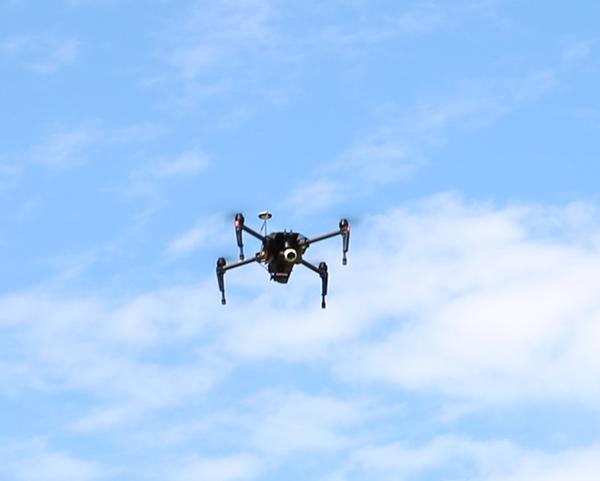
Wasp Queens Waking Up After Winter Slumber
It’s feeling a lot like spring out there! As the warm weather bring feelings of joy from longer days …



El inglés es el idioma de control de esta página. En la medida en que haya algún conflicto entre la traducción al inglés y la traducción, el inglés prevalece.
Al hacer clic en el enlace de traducción se activa un servicio de traducción gratuito para convertir la página al español. Al igual que con cualquier traducción por Internet, la conversión no es sensible al contexto y puede que no traduzca el texto en su significado original. NC State Extension no garantiza la exactitud del texto traducido. Por favor, tenga en cuenta que algunas aplicaciones y/o servicios pueden no funcionar como se espera cuando se traducen.
Inglês é o idioma de controle desta página. Na medida que haja algum conflito entre o texto original em Inglês e a tradução, o Inglês prevalece.
Ao clicar no link de tradução, um serviço gratuito de tradução será ativado para converter a página para o Português. Como em qualquer tradução pela internet, a conversão não é sensivel ao contexto e pode não ocorrer a tradução para o significado orginal. O serviço de Extensão da Carolina do Norte (NC State Extension) não garante a exatidão do texto traduzido. Por favor, observe que algumas funções ou serviços podem não funcionar como esperado após a tradução.
English is the controlling language of this page. To the extent there is any conflict between the English text and the translation, English controls.
Clicking on the translation link activates a free translation service to convert the page to Spanish. As with any Internet translation, the conversion is not context-sensitive and may not translate the text to its original meaning. NC State Extension does not guarantee the accuracy of the translated text. Please note that some applications and/or services may not function as expected when translated.
Collapse ▲
It’s feeling a lot like spring out there! As the warm weather bring feelings of joy from longer days …

Last year (2021) was a busy one for us at the Plant Disease and Insect Clinic (PDIC). It was …

The Chatham County Center of North Carolina Cooperative Extension conducted two blueberry production webinars in November-December 2021. NC State …

NC State University has declared a Condition 2 adverse weather status through noon on Sunday, January 23rd, 2022. As …

The NC State University Plant Disease and Insect Clinic will be closed from Friday, December 24, 2021, through Sunday, …

UPDATE: Registration for the course is closed The Plant Disease and Insect Clinic (PDIC) and collaborators are happy to announce …
The US Environmental Protection Agency requires that all individuals working with pesticides labeled for respiratory protection complete the following …

The NC State Plant Disease and Insect Clinic is happy to announce the arrival of our newest lab member, …

We are excited to announce the NC State Plant Disease and Insect Clinic (PDIC) will be returning to normal …

Recent heavy rains across the state have resulted in invasions of yards and homes by what some might call …

How can you encourage farmworkers and their families to use practices that minimize the risk of pesticide exposure? The …

Chatham Conservation Partnership conducted a webinar on SPIDERS on October 15, 2020, and we had a great turnout of about 130 …

The emerald ash borer, a beautiful but extremely destructive, exotic insect pest, has now been detected in North Carolina. …

I recently visited a small Chatham County blueberry farm and found some of the bushes were infected with Exobasidium, …

The wheel bug, Arilus cristatus, is North Carolina’s largest assassin bug. It gets its name from the prominent spiny …

Photos by Debbie Roos, N.C. Cooperative Extension of Chatham County In late 2008, I planted a demonstration pollinator garden at Chatham …

All growers who plant Bt corn in North Carolina are required by law to plant non-Bt corn (refuge). Details …

One of my duties as an Agriculture Agent for North Carolina Cooperative Extension is to help farmers when they …

This soybean insect factsheet describes the biology, damage, and control of the soybean aphid, a …

This factsheet describes the biology of the cane lace bug or bamboo lace bug, Leptodictya …

This factsheet describes the biology of the banded sphinx moth or lesser vine sphinx, Eumorpha …

This factsheet describes the biology of the elm-grass root aphid, Tetraneura ulmi, and provides residential …

This publication discusses flying unmanned aerial vehicles (drones, model aircraft) for commercial purposes. You'll learn …
This publication describes the life cycle, scouting and treatment of the balsam twig aphid, a …

This article will cover two important scale insect pests of blueberries in North Carolina, terrapin …

This vegetable pathology factsheet describes the identification and treatment of anthracnose of pepper.